We started out on the road early, around 0800 since we had a big driving day ahead of us (about 5 hours) to transit the entire South-North expanse of Rwanda, through winding, mountain roads, not to mention several stops along the way. Today was the big day to really explore Rwanda’s history – from pre-colonial, to colonial, to neo-colonial, to modern.
Our first stop was in the town of Nyanze, where we visited the Rwanda Cultural Museum and King’s Palace, where we got to see both traditional royal huts (pre-colonial) as well as the colonial-era Rwandan King’s residence. The king’s hut is distinguished by 3 wooden sticks at the top of the hut (a normal hut only has one pointy stick at the steeple), and is also larger in both volume and acreage than the other huts. The hut was divided into four areas – the welcoming area where the King sat to receive guests; the king’s bedroom/living area; the kitchen/hearth; and the women’s area. Each part was screened discreetly with reeded dividers that acted as a one-way portal where the person on the inside could see out but not the other way around. These systems also exist in the Middle East for women to see outside of their cages without men onlooking. I captured a few pictures of the king’s hut, as well as the beer making hut, where you can see Robert posing with some of the beer vessels.
Leslie captured an astonishing photograph of a local Rwandan man in front of the traditional hut.
While seeing the traditional (pre-colonial) king’s hut was interesting, the best part was our museum guide, Amgegakwaya, who was just lovely and very accommodating, agreeing to pose. I was able to try out some portrait techniques in this sequence of shots.
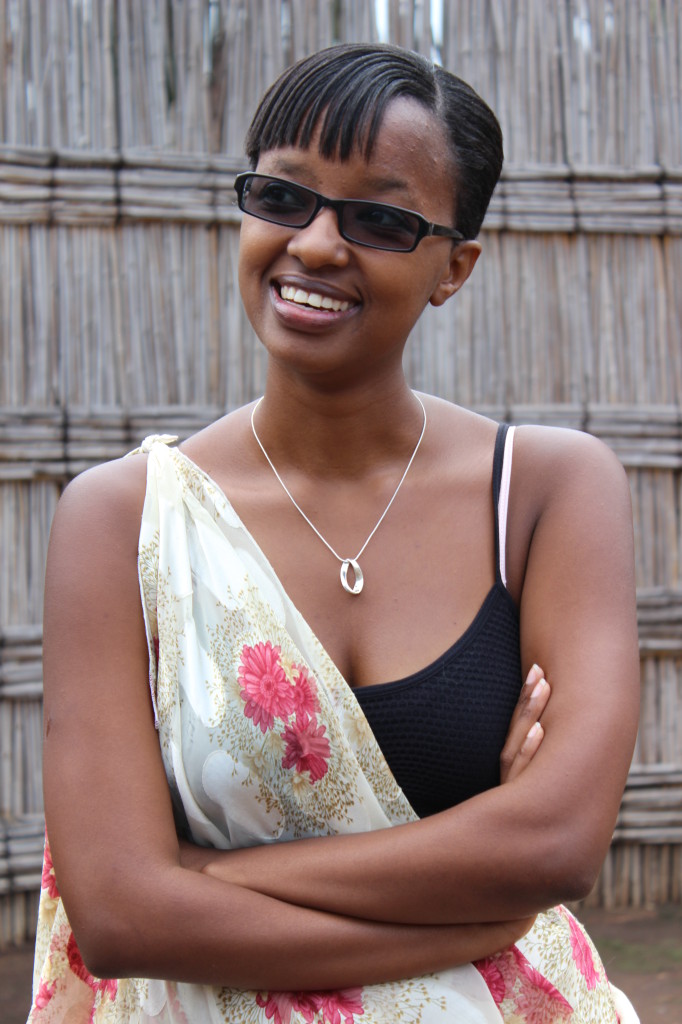
We also had a treat in store for us in the livestock area. The king’s cows, the special African
cows with the huge horns, are treated like pets. They are not kept for milk, food, or hide – they are kept out of love and pride. They also are taught to perform in small ways. They are treated with respect and are a sign of wealth. And, they are sung to and coddled by a (now government) farmer whose sole job is to keep them happy and healthy. This cow herder sung a beautiful song in Kinrwandan for us (for the cow, rather) to goad the steer to walk towards us and strut in all its glory. The song was so moving that tears were brought to my eyes. There was even a part of the song, the guide explained to us, that simply listed all of the good characteristics and qualities of that particular cow. It was really a beautiful love song.
The last part of this museum palace complex was the colonial-era king’s house – modern and well-appointed but modest and small. There were about 10 rooms with the usual stuff (although much of the furniture and art were stolen during the Civil War and Genocide), as well as a garage for a motor-car. There were also several maps inside that explained how the Rwandan territory changed from the 16th to 20th century, diminishing in size thanks to colonial line re-drawing, ceding territory to Congo and Uganda.
As we began leaving Nyanze, we noticed a sign for the National Art Gallery, and Marv insisted we stop. This was a good choice – although Leslie and I didn’t go in due to the steep admission price and small exhibit space ($10 per head), it had the type of contemporary art that Marv loves. He walked through and reported back to us after that it was all about the Genocide and reconciliation. I spent the time walking the lovely grounds and taking photographs of the countryside and the garden.
We then shoved on to Kigali, and after about 3 hours of driving, reached Hotel Les Milles Collines, better known as “Hotel Rwanda” – where the movie about the hotel manager who saved Tutsi’s looking for refuge during the Genocide by hiding them within. Robert told us that this version of the story wasn’t entirely accurate – in fact, the manager only saved the people able to pay him, so he was not the hero that Hollywood has us believe. Leslie and I agreed that the Hollywood version was better, and that we were going to ignore the real version. Today, it is one of the nicest hotels in the city, and the nicest hotel we’ve seen so far on the trip.
Next up was the Genocide Monument and Museum, which is exactly as it sounds. Depressing as hell, but an important step towards reconciliation and healing. I learned a few new things from the museum:
1) The French seemed to be complicit in the Genocide, selling arms to the Hutu rebels and actively supporting the regime even during the conflict.
2) Colonials and the church arbitrarily segregated the society into Hutus and Tutsis – anyone with less than 10 cows was a Hutu and anyone with more was a Tutsi. Children inherited this distinction arbitrarily assigned to their father. So began the class distinction.
3) Tutsis were elevated in society as were considered a “class above”, reinforced not only by the colonial powers but also by the church in a Hamitic way, which installed a “dhimme” secondary status on the Hutus.
4) The new way to teach Genocide is to look at the universalism of it – the museum did a great job showing different genocides throughout time, culture, location, and race. It really hammered home the point of “this could happen anywhere.”
5) The Genocide could have been avoided has the UN heeded the cries of Lt. General Dallaire and others, warning of intelligence pointing to imminent catastrophe. By the time Kofi Annan acted, it was too little too late, and 1 million Tutsis and moderate Hutus were slaughtered.
The museum grounds and gardens were gorgeous and I also spent some time taking photographs. Here are some of the best:
Finally, we got on our way towards Ruhengeri, the last leg of the journey for the day, where we would be over-nighting for two nights. It was a 2.5 hour drive from Kigali to Ruhengeri and the Mountain View Gorilla Lodge, and it was raining “cats and pigs,” as Robert said. We just hope that it doesn’t rain tomorrow when we go see the gorillas.
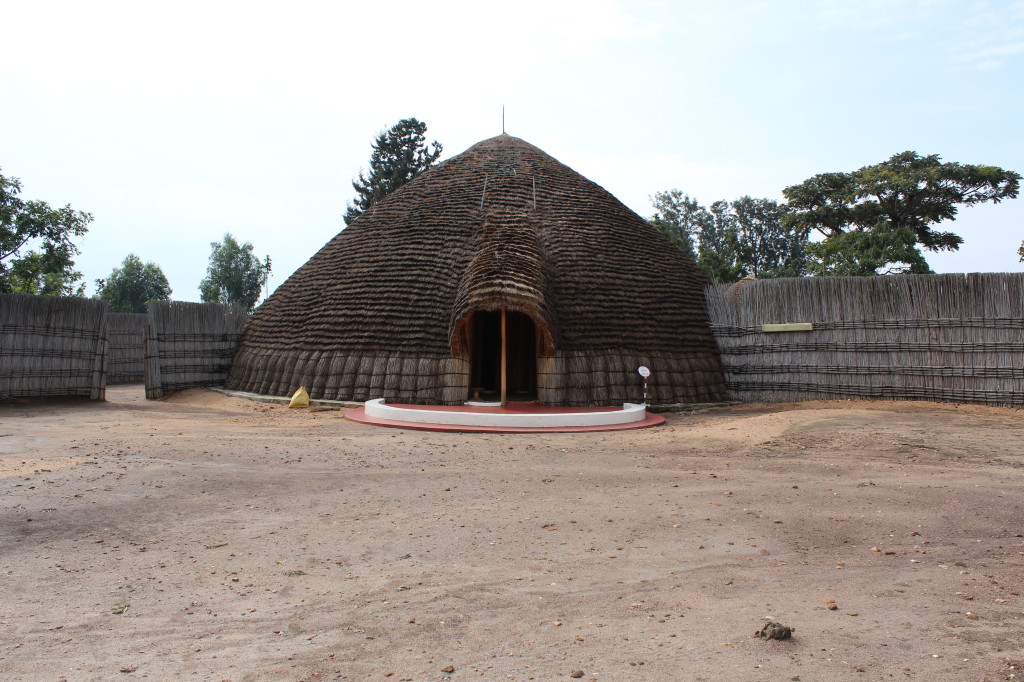
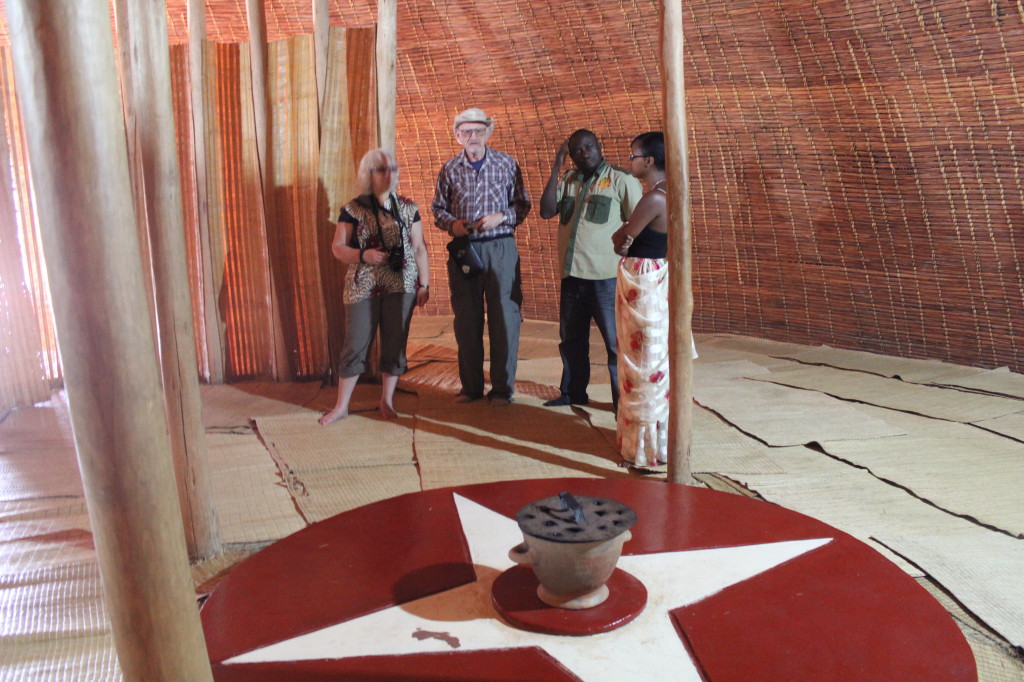
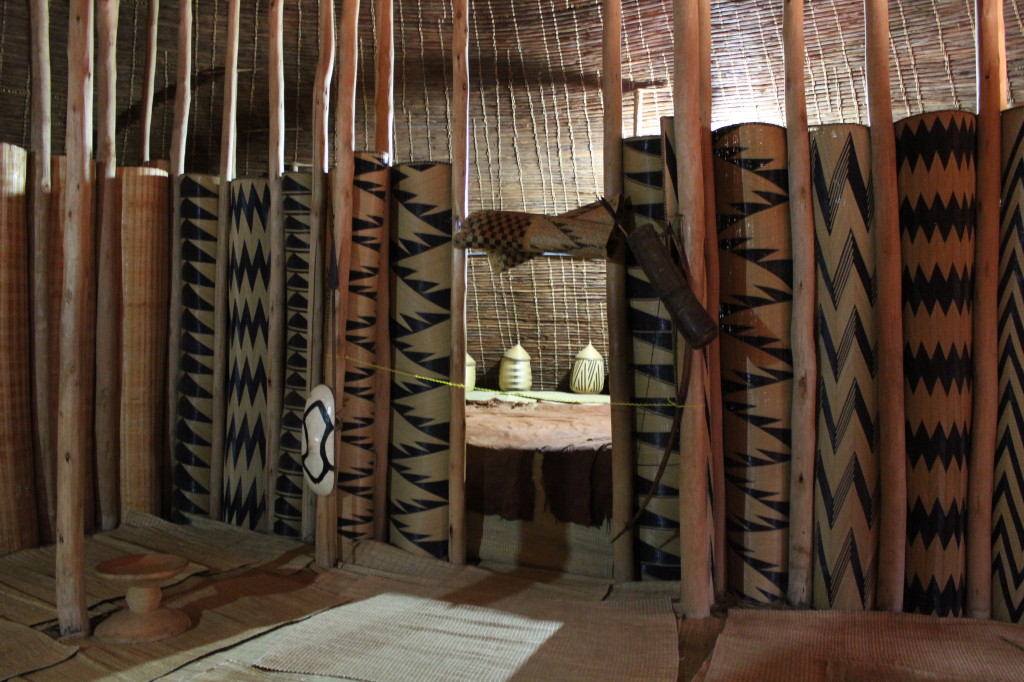
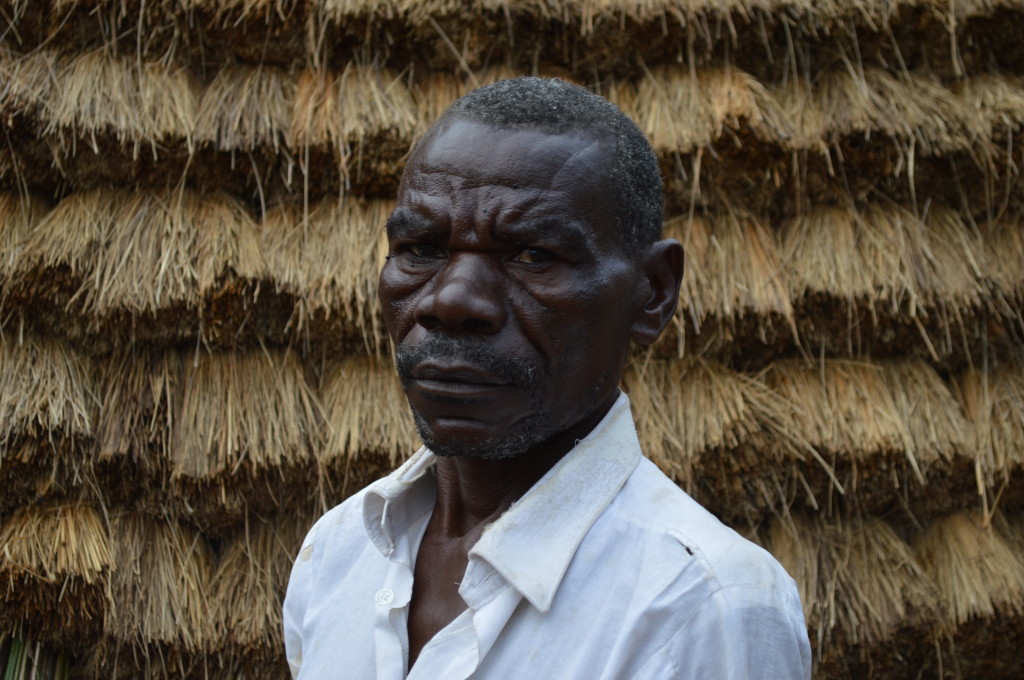
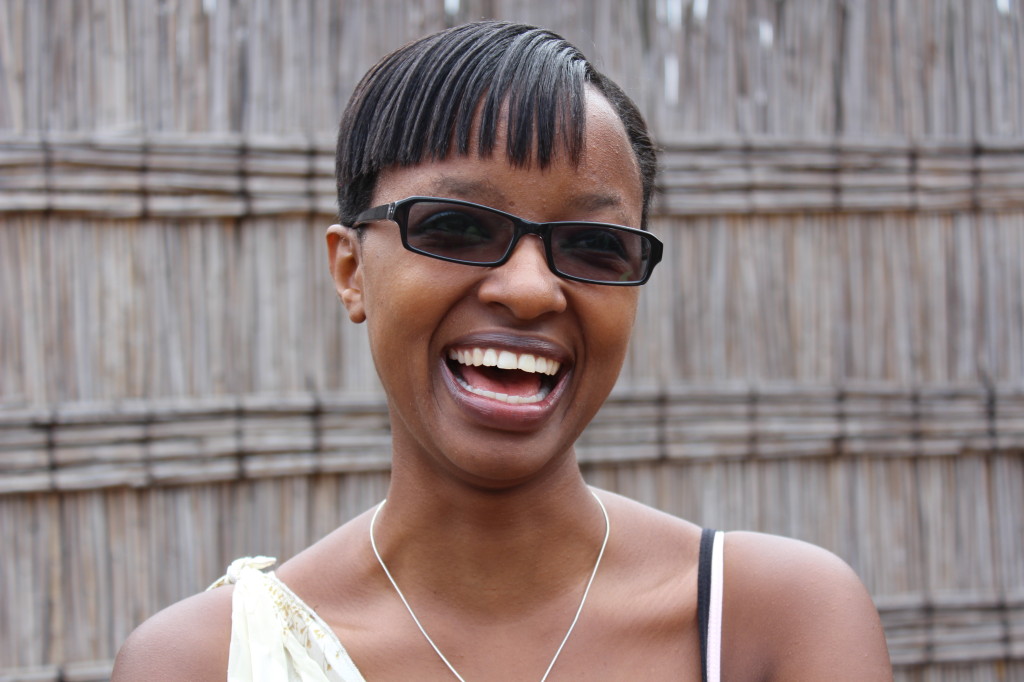
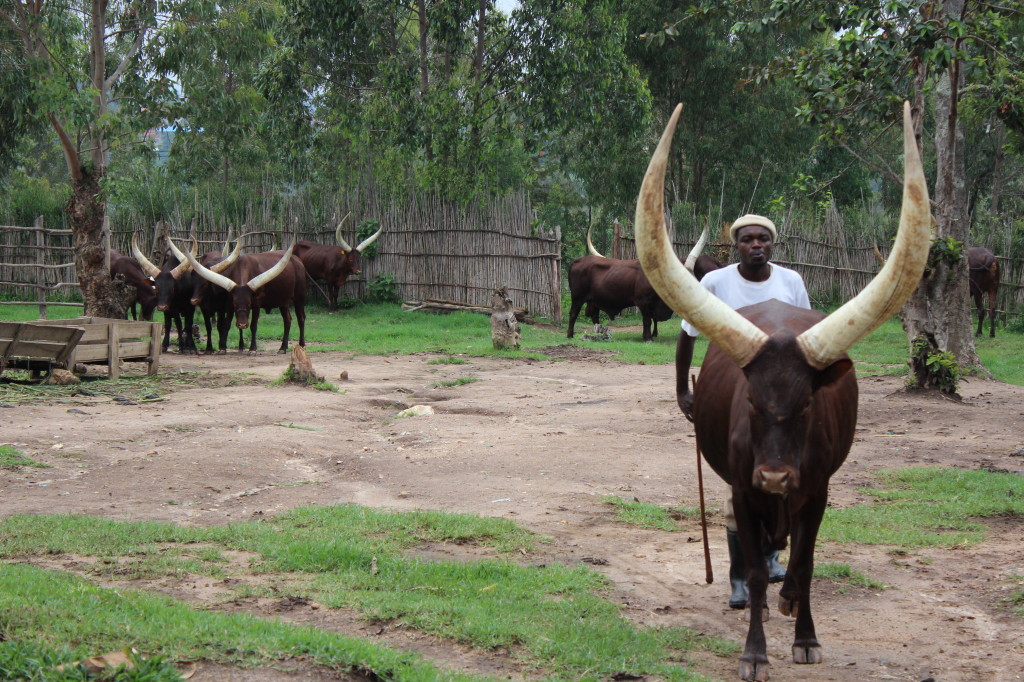
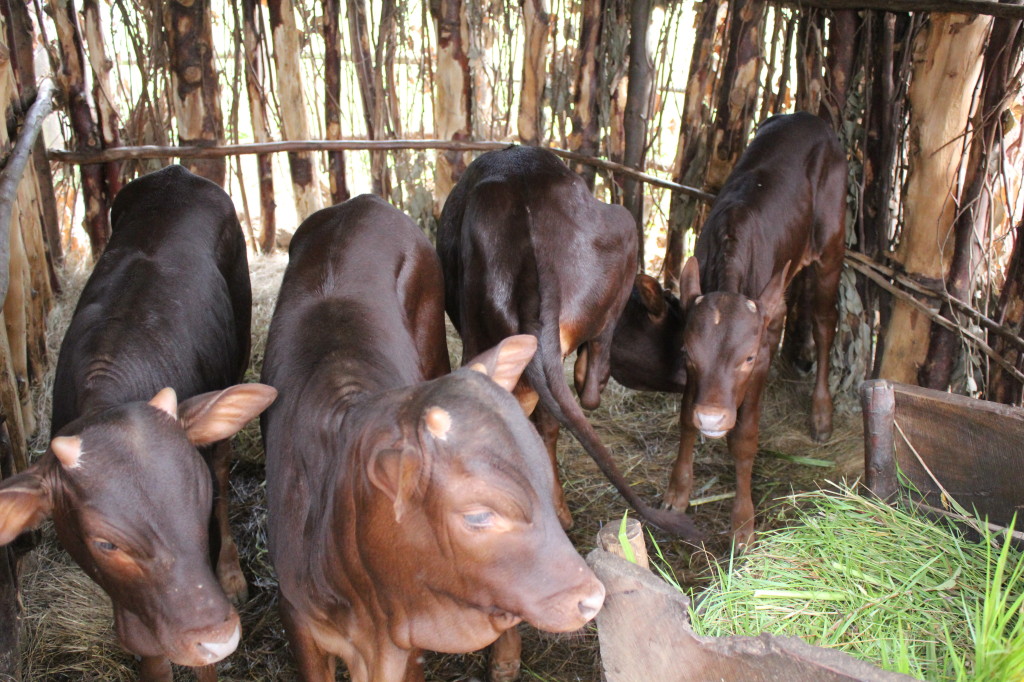
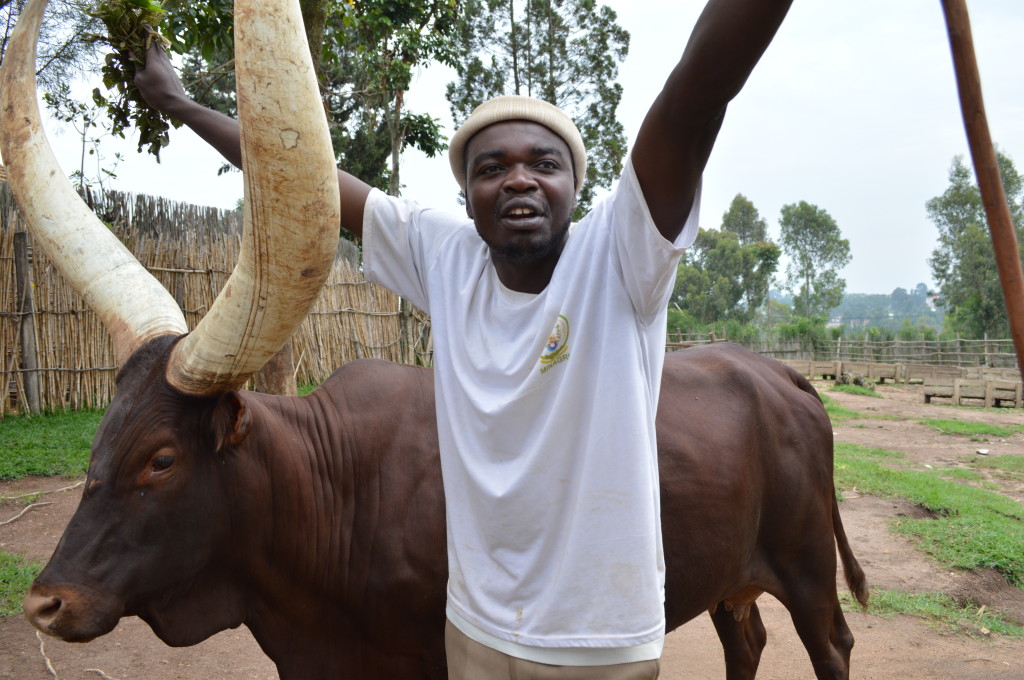
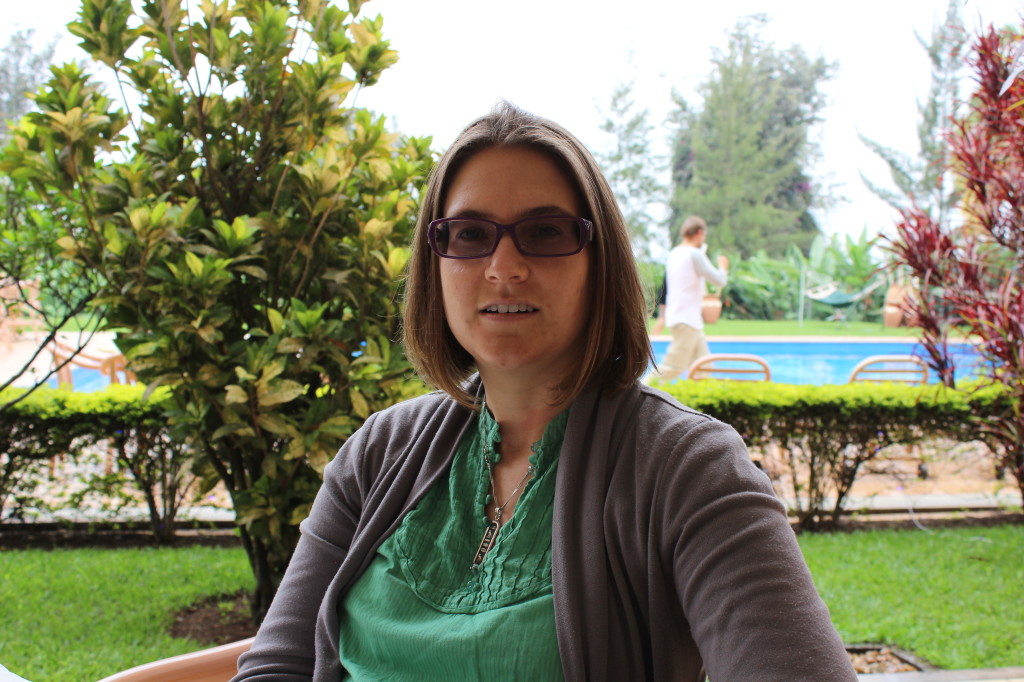
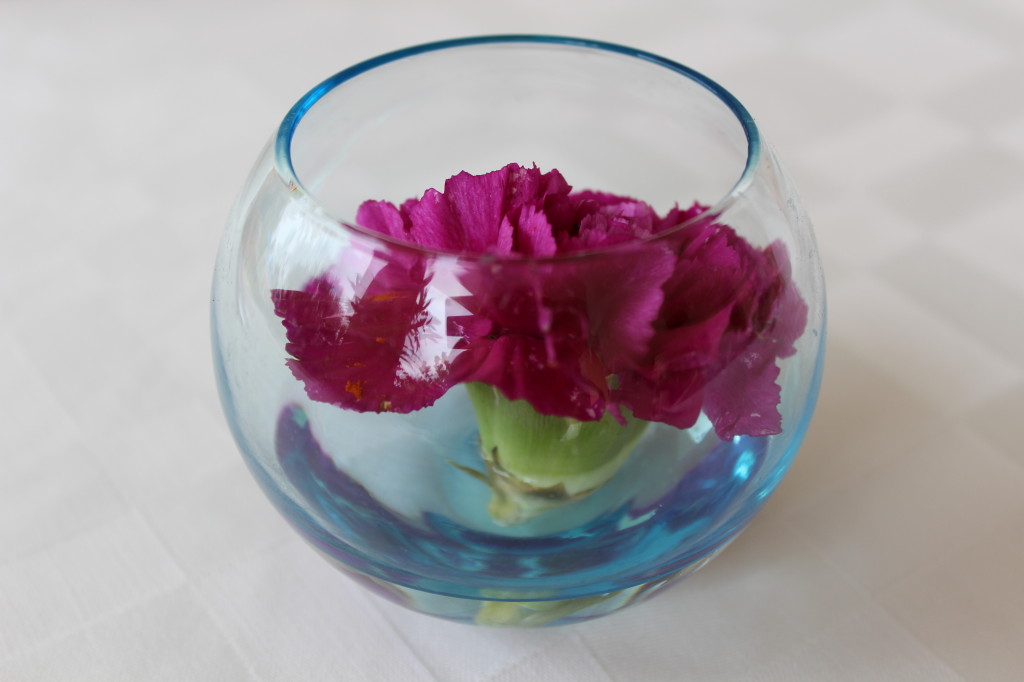
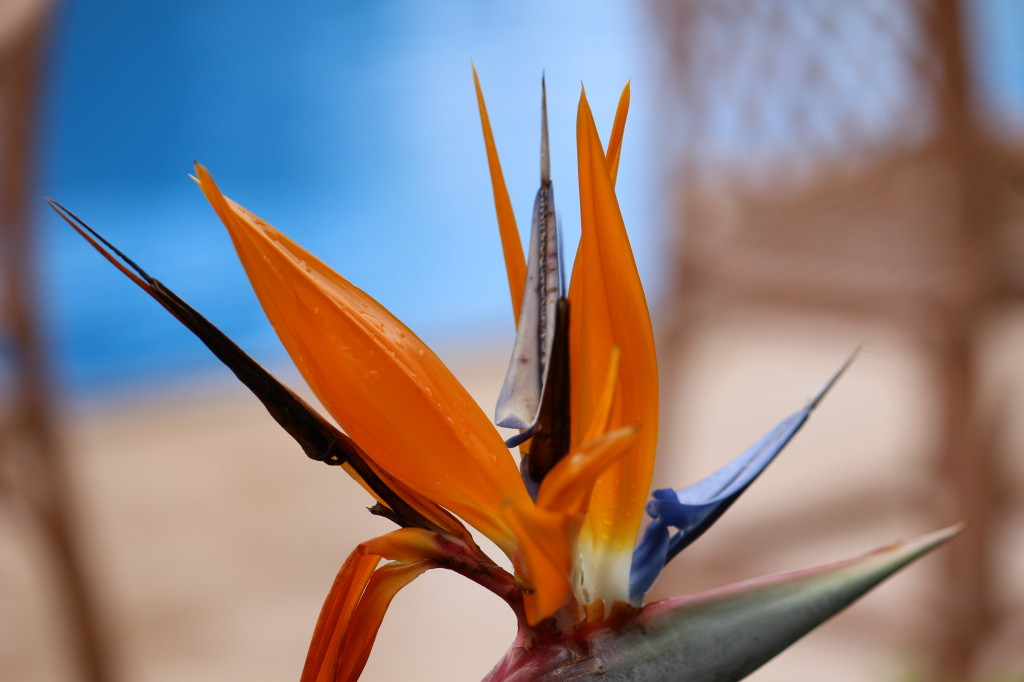
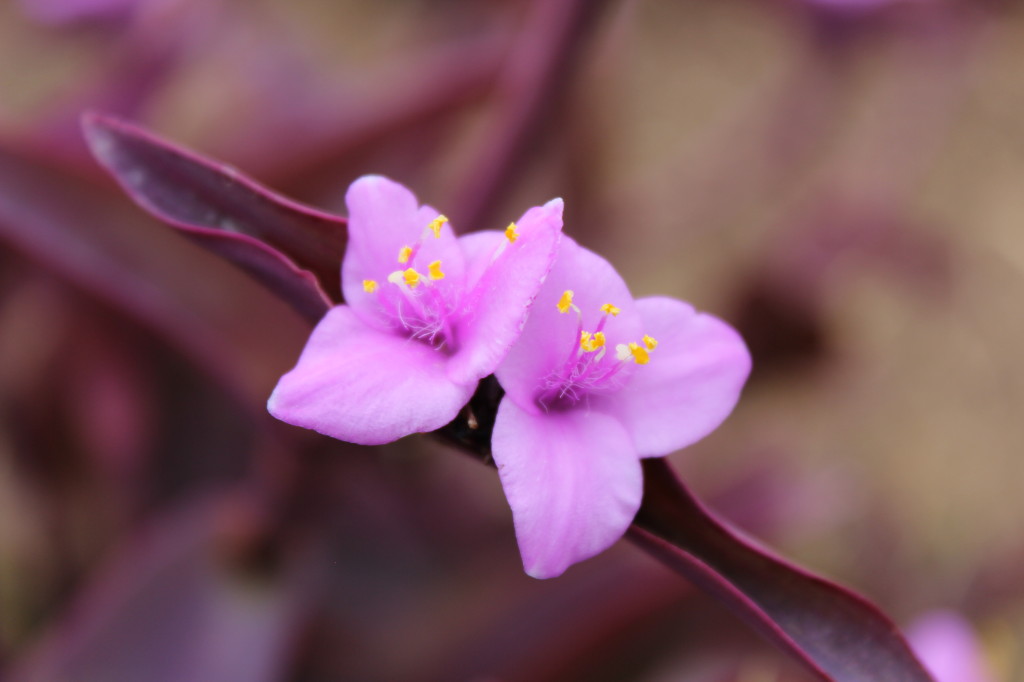
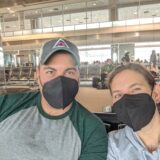

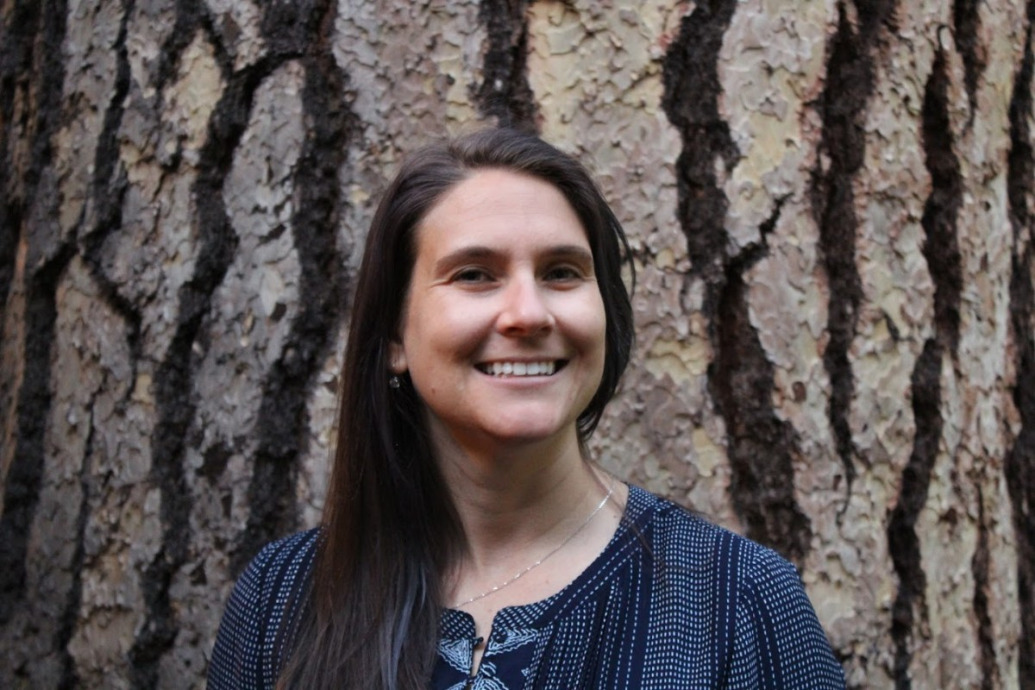
Sounds like you are having a great trip so far. Your photographs are wonderful and you captured the beauty of your museum guide. Safe travels.